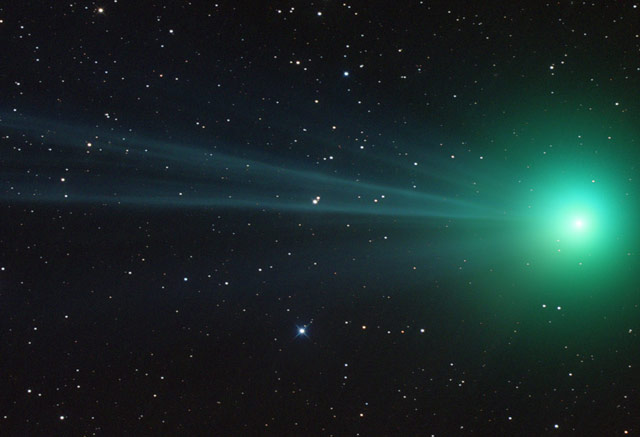Hi everybody
Here's the latest article from the Astronomy site at BellaOnline.com.
Astronomers on the Mountain Tops
Big telescopes on high mountains, drawing astronomers to some exotic-sounding places. Is it as glamorous as it sounds? Not really, says one astronomer who describes some of the symptoms people suffer at high altitudes.
http://www.bellaonline.com/articles/art179744.asp
*Anniversaries*
(1) This is a 3rd Pluto-related anniversary in the last few weeks. On February 22, 2006 the Hubble Space Telescope discovered two tiny moons - not the two that they're about to name, but the ones that have been named Nix (goddess of night) and Hydra (a multiheaded underworld snakelike creature).
(2) The announcement of the discovery of the first pulsar was made on February 24, 1968. It was a mystery then, but is now known to be a rapidly-rotating neutron star. A neutron star is the remnant of a massive star that has come to the end of its life and exploded as a supernova. Girl astronomers were a novelty then and Jocelyn Bell got public recognition for this discovery, but her supervisor Anthony Hewish got the Nobel Prize. You can read about this interesting discovery at http://www.aps.org/publications/apsnews/200602/history.cfm
(3) On February 20, 1962 John Glenn became the first American to orbit the Earth. Glenn went into space again 36 years later. Last year, on the fiftieth anniversary of his first flight, Glenn sent a special message of thanks to the western Australian city of Perth. This was because after Friendship 7 had crossed the ocean at night, there below him in the vast darkness were two patches of light. The people of Perth and nearby Rockingham had turned on all of their lights to welcome him. They repeated it 36 years later when he flew over Australia on the space shuttle.
*Asteroid 2012 DA14 and Russian meteor are not connected*
Yes, it was a coincidence that it happened on the same day, unexpected but not sinister. A year ago astronomers discovered the asteroid would come close to Earth and it behaved as predicted. The one that actually hit Earth was smaller (fortunately!) and it had a quite different trajectory. Meteors are hitting the Earth all the time, though one the size of the Russian meteor would hit, on average, once a century.
For a variety of astronomy images, follow me on Pinterest at: http://pinterest.com/astrobella/
To participate in online discussions, this site has a community forum all about Astronomy located here - http://forums.bellaonline.com/ubbthreads.php?ubb=postlist&Board=323
Please visit astronomy.bellaonline.com for even more great content about Astronomy.
I hope to hear from you sometime soon, either in the forum or in response to this email message. I welcome your feedback!
Do pass this message along to family and friends who might also be interested. Remember it's free and without obligation.
I wish you clear skies.
Mona Evans,
Astronomy Editor
One of hundreds of sites at BellaOnline.com.
.
astronomy Newsletter








